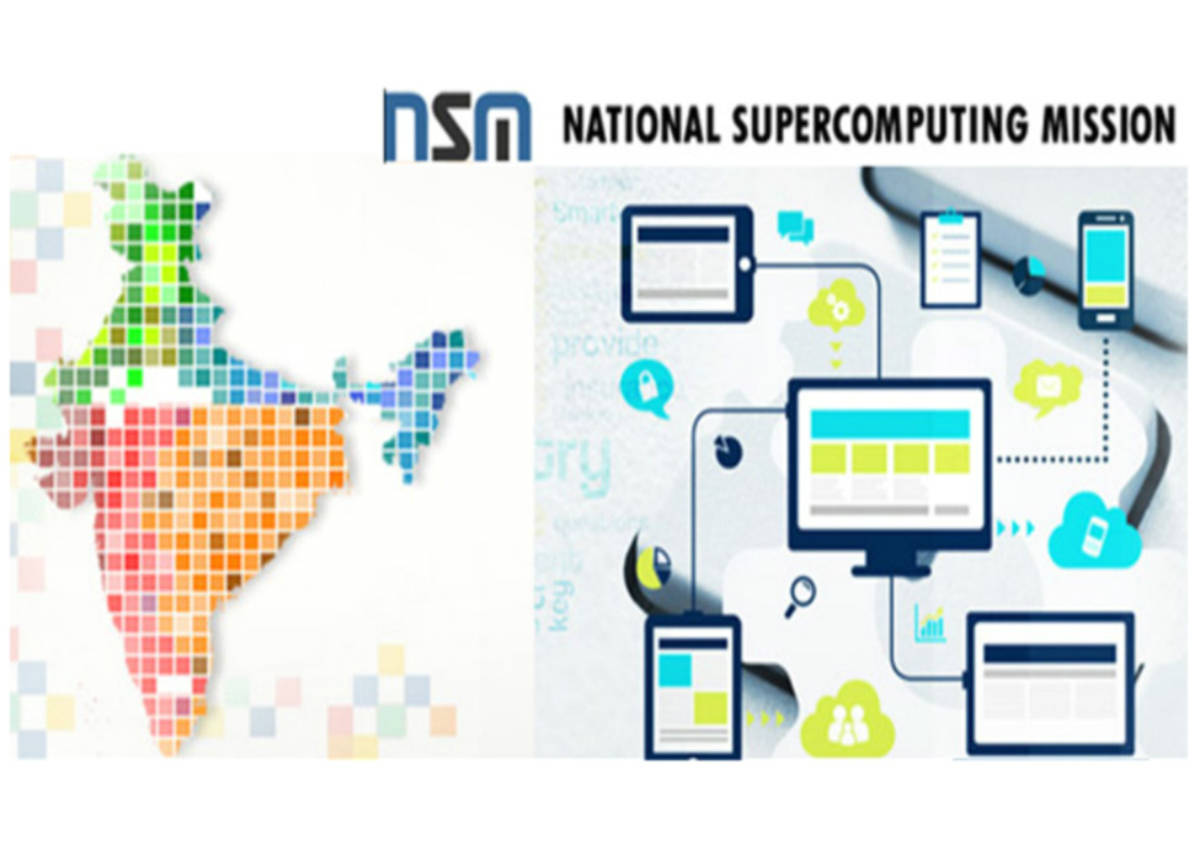More and More Supercomputers: National Supercomputing Mission.
~Preet
The Indian Institute of Science (IISc) Bengaluru has installed the supercomputer 'Param Pravega.' It boasts 3.3 petaflops of supercomputing power. It was built as part of the government's National Supercomputing Mission. The National Supercomputing Mission aims to localise the research and production of powerful computers.
A supercomputer is a computer that operates at or near the greatest operating rate currently available for computers. PETAFLOP is a measure of the processing speed of a Supercomputer and may be represented as a thousand trillion floating point operations per second. FLOPS (floating point operations per second) are commonly used to assess a computer's processor performance.
Extremely lengthy numbers can be handled reasonably simply with floating-point encoding. Supercomputers are generally intended for usage in businesses and organisations that demand a large amount of computational power. Weather forecasting, scientific research, intelligence collecting and analysis, data mining, and so forth.
Globally, China has the most supercomputers and continues to lead the globe, followed by the United States, Japan, France, Germany, the Netherlands, Ireland, and the United Kingdom. PARAM 8000 was India's first supercomputer. PARAM Shivay, the first indigenously built supercomputer, was placed at IIT (BHU), followed by PARAM Shakti, PARAM Brahma, PARAM Yukti, and PARAM Sanganak at IIT-Kharagpur, IISER, Pune, JNCASR, Bengaluru, and IIT Kanpur. PARAM Siddhi, the High-Performance Computing-Artificial Intelligence (HPC-AI) supercomputer, was ranked 62nd in the world's Top 500 most powerful supercomputer systems in 2020.
The National Supercomputing Mission was created in 2015 to improve the country's research capacity and capabilities by linking them to form a Supercomputing grid, with the National Knowledge Network (NKN) serving as the backbone. The NKN project aims to build a powerful and resilient Indian network capable of providing secure and dependable connection. It backs the government's 'Digital India' and 'Make in India' programmes. The Mission is co-managed by the Department of Science and Technology (DST) and the Ministry of Electronics and Information Technology (MEIT) (MeitY). It is being carried out by the Centre for Development of Advanced Computing (C-DAC) in Pune and the Indian Institute of Science (IISc) in Bengaluru.
The mission was divided into three stages. considering the construction of supercomputers considering manufacturing specific components in the nation where India creates a supercomputer.
An indigenously created server platform named 'Rudra' is being tested in a prototype system, together with an interconnect for inter-node communication called Trinetra.

Comments
Post a Comment